ARCHIVE: Category Archive for: Signage Regulations
Sign Materials Matter: When Plastic is Greener than Wood, and other Environmental Impact Issues
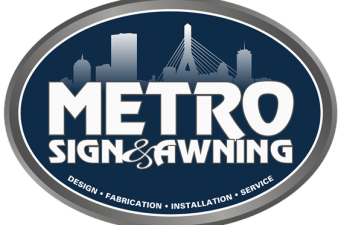
Plastics often get a bad rap, but many are environmentally friendly. High-density urethane (HDU) and expanded polystyrene (EPS) are prime examples. In fact, over a sign’s life cycle, some plastics are greener than wood. Because HDU and EPS suppliers know having minimal environmental impact is a competitive advantage, they manage their manufacturing processes to reduce waste. Also, many manufacturers use a high percentage of post-consumer recycled materials in their products. Financial and Environmental Benefits of HDU and other Plastic Signage Materials In addition, from a construction, financial, and environmental viewpoint, the new materials offer tremendous advantages. For example, HDU weighs less than wood, yet is longer-lasting and requires virtually no maintenance. Unlike wood, the new plastics are impervious to water and insects.
How Signs Stay True to Brand and Meet Design Requirements
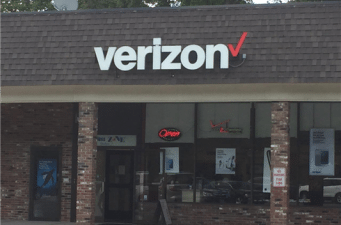
Can you see me now? Verizon Wireless, and many of its authorized dealers, depend on Metro Sign & Awning to see that their signage represents the company well on many sites. For some time now, Metro Sign & Awning has been an Authorized sign manufacturer for Verizon Wireless. And while the company has a comprehensive, 200-plus-page book of branding standards, there’s a surprisingly large “gray area” and much needed flexibility built into the process of design review. Accurate Information is Key to Best Signage Design, Installation Because every business location is unique, regardless of how many branding guidelines there are, there must be some room for interpretation. When a Verizon authorized dealer contacts us about updating or installing new signage,
5 Signs Your Business Signage Needs an Upgrade
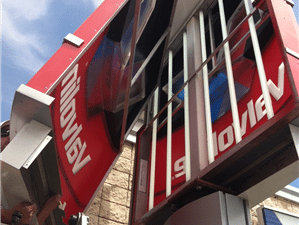
You maintain your business signage, keep it clean and free of graffiti. But as with any major investment, there may come a time when it no longer performs as you expected, no longer brings you the visibility, customers or brand awareness it originally did. In fact, you may even find that your signage portrays the wrong image of your business – an outdated logo, a sign in disrepair, etc. So how do you know it’s time to upgrade or replace your business signage and get it back working for you? The first choice is often to ditch the old signage completely and start fresh, but it’s not always necessary in every situation. In fact, reworking an old sign can improve
Good Sign Design & Approval Process a Win for All
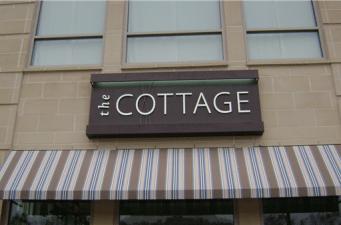
A story about a business owner from Atascadero, CA who was willing to go to court over a sign caught our eye earlier this year. Temporary and unconventional signage can be a sticky area for businesses and government, one that’s costly for both. Whether it’s retail or wayfinding signage, the ultimate test for any sign from a user standpoint is, “is it helpful?” Municipal authorities try to strike a balance between the needs of business owners, area residents or visitors, and the general public safety. It’s not an easy thing to do. Sign Design, Permitting and Approval Process Whether designing a new sign or updating an existing sign, reviews and approvals are almost always necessary. And who enjoys being told
How Cities Develop Signage Plans

Business signage plays an important role in the life of any city, not only because it supports commerce and the livelihood of individual businesses, but also because the overall appearance of a city’s signage helps communicate and even define its character. Think about the differences in signage between Boston and Las Vegas, for example, and what that signage says about each of those cities. Generally, governments do not heavily regulate the content of any signs (although the Americans with Disabilities Act does set forth some standards for signage content). Rather, each city government tends to develop its own set of signage regulations, in an effort to control the appearance of the city’s built infrastructure and also to tame the impulses
Important Aspects of On-Premise Signage
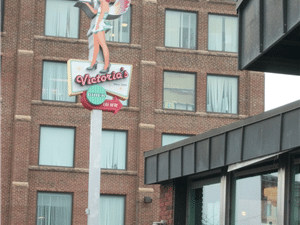
The United States Sign Council Foundation, as a part of its on-going effort to provide verifiable information about the optimal usage of signage, has issued a new report titled: “The Economics of On-Premise Signs.” The report makes fascinating reading. It covers everything from the various rationales for local signage regulation to the impact of signage on communities, customers, and businesses. But even more interesting are the discussions of potential signage benefits (which we’ve previously touched on, here). Understandability For example, the report details how a sign that is easier to understand “imposes fewer cognitive demands on the viewer.” Ultimately, more understandable signs allow customers and prospects to learn more about what a business offers. What enhances this kind of signage
Safety in Style
OK – for all of you in architectural design/development who understand the importance of OSHA Safety on various job sites, let’s just put it out there. Couldn’t the uniform be a bit more creative? I mean, the medical industry has a vast array of “scrubs” to choose from, and we’re left to our standard white construction hats, denim jeans, and tan-colored steel toe work boots. Well, being in the field of architectural design and creative design engineering, we just knew there must be a solution to help express our creativity and individuality on a job site without forgoing safety. After a bit of Googling, we found some pink Safety Girl Boots which meet OSHA Safety Code with the steel toe
Boston City Council Discusses Sidewalk Signs
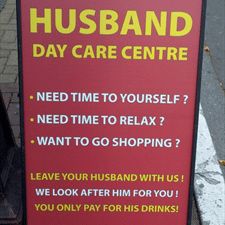
The Boston City Council has a Special Committee on “Small Business, Entrepreneurship & Innovation.” This Committee is going to take testimony and deliberate about regulations concerning free-standing sidewalk signs in our fair city. The date: July 23, 2015. The time: 2:00 pm. The location: City Council Chambers. One reason for the hearing is the profusion of new, old, and conflicting regulations that can be applied to these free-standing sidewalk signs. The current City of Boston zoning codes have different standards for different neighborhoods, as well as for various business districts and even for some of the sub-districts within those areas. Once your business gets a ticket for having an “illegal” sidewalk sign, you tend to get interested in the topic.
New Supreme Court Ruling on Signage

The Supreme Court has been much in the news recently, but hardly any of the media noticed or reported on one if its decisions that could have profound impacts on the signage industry. Specifically, in the case: Reed v. Town of Gilbert (Ariz.), the Court ruled that limiting temporary directional signage more than other types of temporary signage is a violation of the First Amendment. The ruling was unanimous, but several of the Justices issued their own opinions regarding the meaning and extent of the ruling. As a result, it will probably take years for the legal community to sort out what the practical impact of this new ruling on the signage industry will be. Limitations on Temporary Directional Signage
Signage Quiz Number 4 in a Series
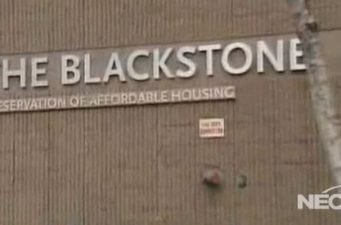
How much do you really know about signs and signage? Avid readers of this Metro Sign and Awning blog are probably near-experts in signs and signage, with a detailed understanding of signage technology and an encyclopedic knowledge of signage history. To see how much you know, here’s a quick quiz based on previous posts in this blog. How many answers can you get right? All the answers should be known to you, provided you’ve been reading this blog: Question 1: What many people don’t know about ADA signage is: a) The rules are all about putting Braille where blind people can read it. b) The rules are all about helping people with mobility problems. c) The rules are all about
Categories
- ADA
- Architectural Signage
- Awnings and Canopies
- Branding
- Colleges and Universities
- Community
- COVID-19
- Curated Content
- Customer Spotlight
- Customers
- Deep
- Design/Build
- Digest
- Digital Signage
- Eco-Signage
- Electronic Message Centers (EMC)
- Enclosures
- Exterior Signage
- Fabrication
- Freestanding Signs
- Fun
- Functional Signage
- Green
- How Much Does a Sign Cost
- Industries
- Inside Metro
- Interior Signage
- Legacy
- Legacy-EA 2.0
- Metro Sign
- Metro Sign & Awning
- New England Signs
- Newsletters
- Original Posts
- Others
- Partners-Developers-Contractors
- Professional Signage Installation
- Publications
- Residential Signage
- Sign Design
- Sign Renovation
- Sign Types
- Sign Warranty
- Signage Regulations
- Signage ROI
- Signage Tips
- Vehicle Wrap
- Wayfinding
- Window and Door Graphics
Recent Posts
Tags
Copyright 2022 MetroSign and Awning, All rights reserved | Privacy Statement | Terms of Use
